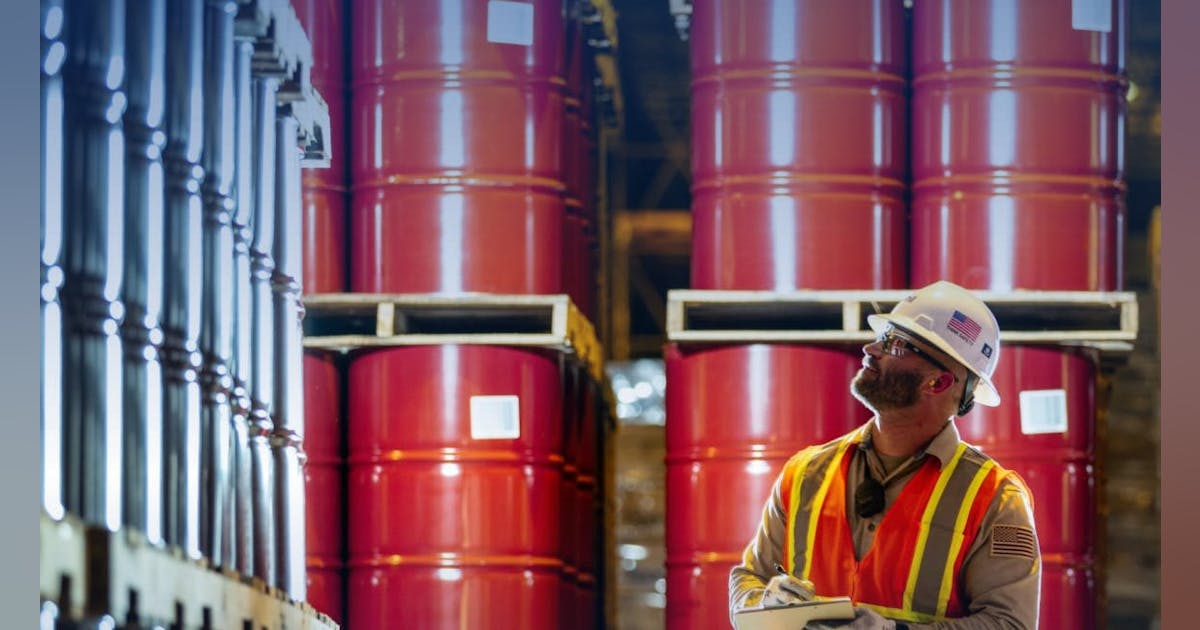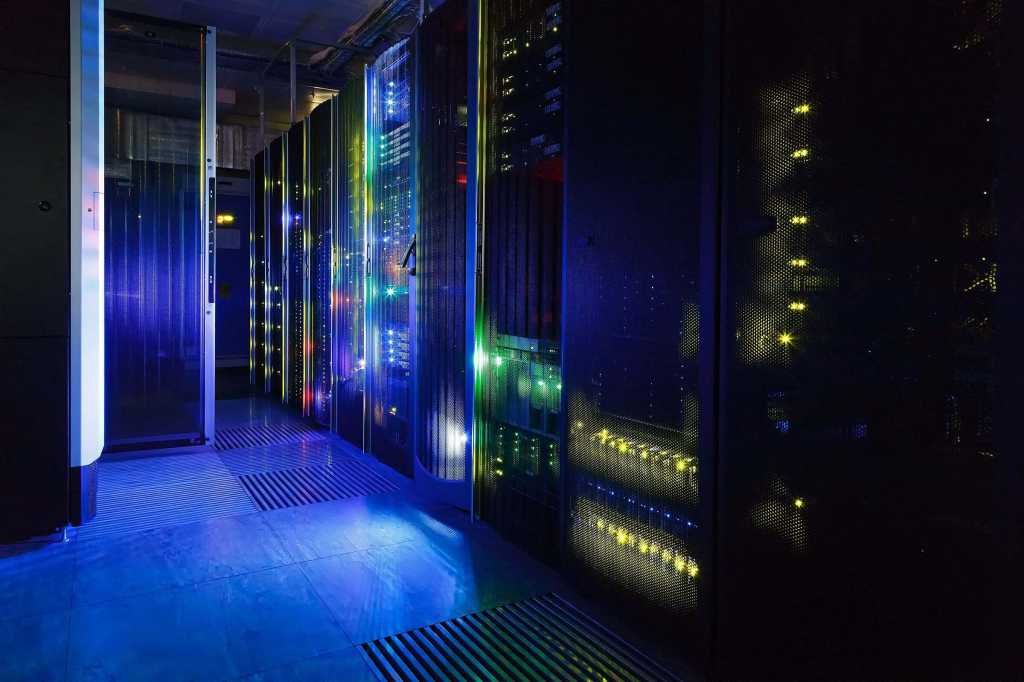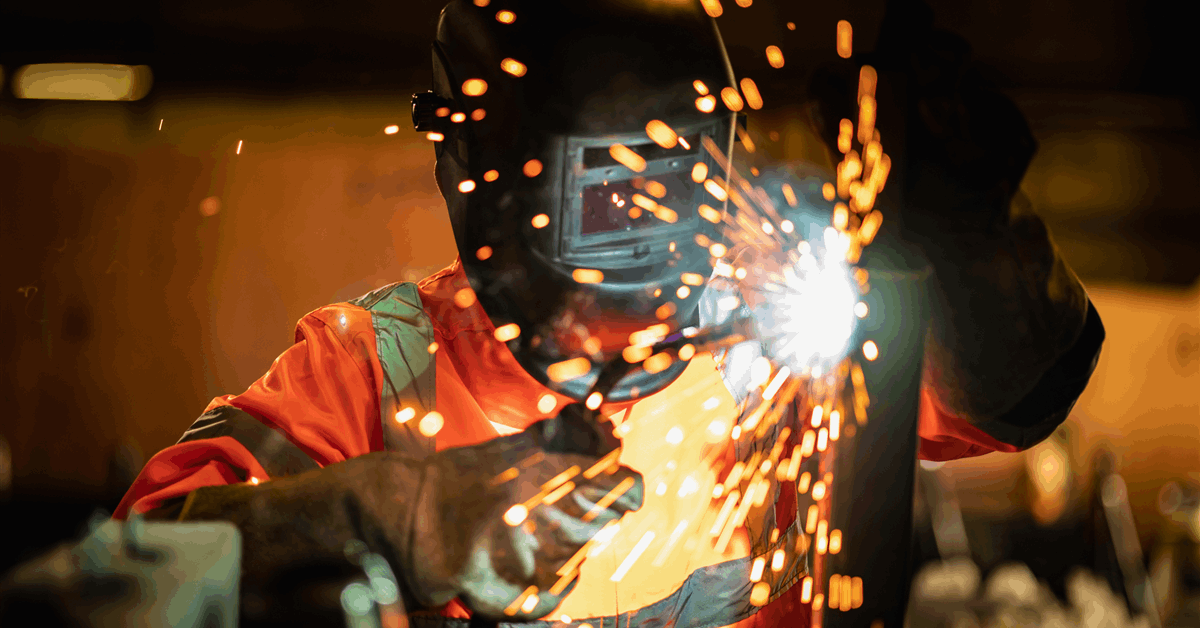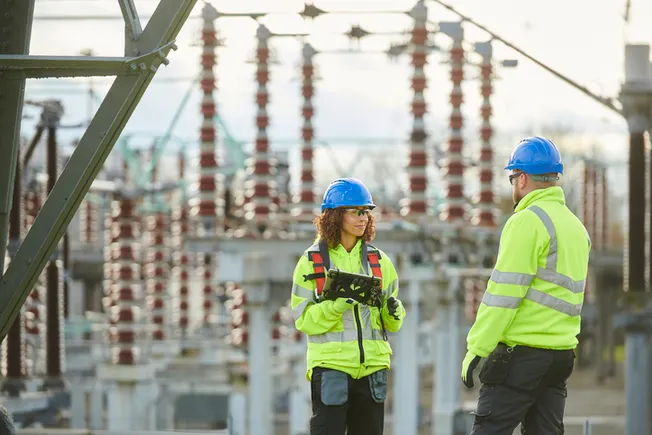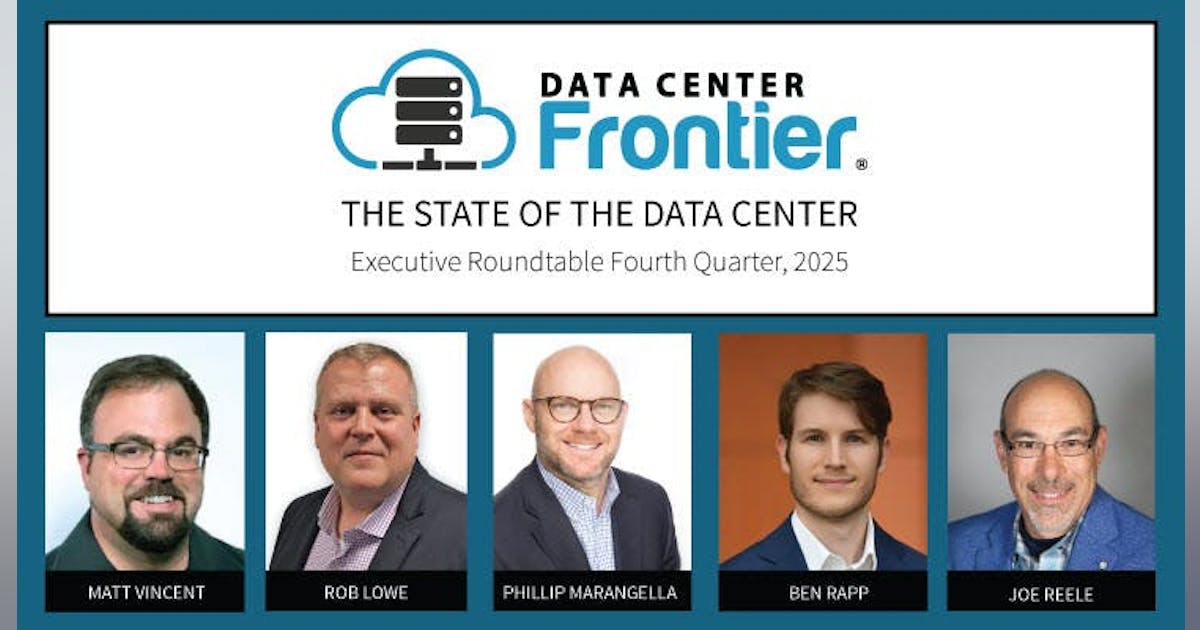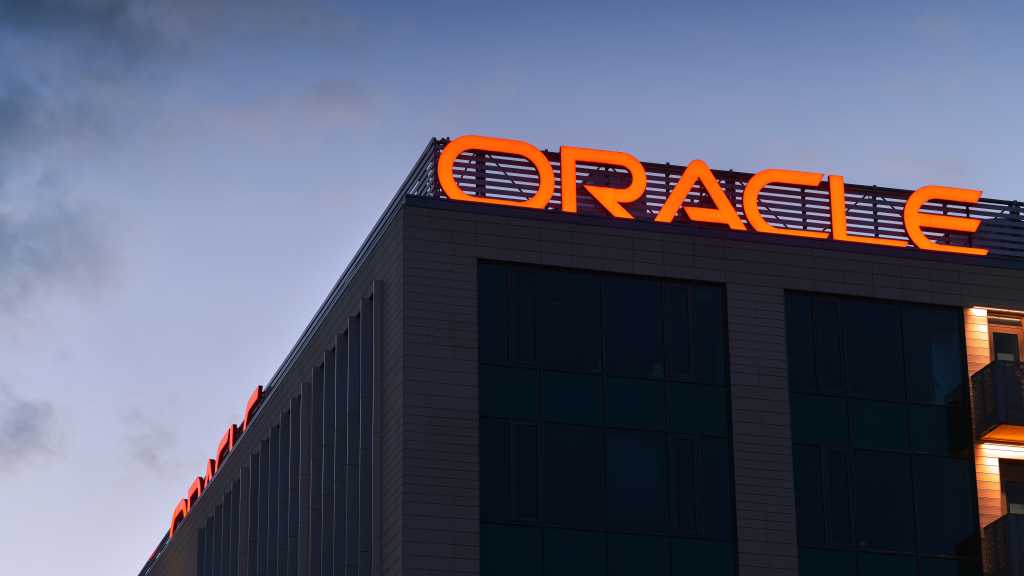This is today’s edition of The Download, our weekday newsletter that provides a daily dose of what’s going on in the world of technology.
AI means the end of internet search as we’ve known it
We all know what it means, colloquially, to google something. You pop a few words in a search box and in return get a list of blue links to the most relevant results. Fundamentally, it’s just fetching information that’s already out there on the internet and showing it to you, in a structured way.
But all that is up for grabs. We are at a new inflection point.
The biggest change to the way search engines deliver information to us since the 1990s is happening right now. No more keyword searching. Instead, you can ask questions in natural language. And instead of links, you’ll increasingly be met with answers written by generative AI and based on live information from across the internet, delivered the same way.
Not everyone is excited for the change. Publishers are completely freaked out. And people are also worried about what these new LLM-powered results will mean for our fundamental shared reality. Read the full story.
—Mat Honan
This story is from the latest print edition of MIT Technology Review—it’s all about the exciting breakthroughs happening in the world right now. If you don’t already, subscribe to receive future copies.
What’s next for our privacy?
Every day, we are tracked hundreds or even thousands of times across the digital world. All of this is collected, packaged together with other details, and used to create highly personalized profiles that are then shared or sold, often without our explicit knowledge or consent.
A consensus is growing that Americans need better privacy protections—and that the best way to deliver them would be for Congress to pass comprehensive federal privacy legislation.
So what can Americans expect for their personal data in 2025? We spoke to privacy experts and advocates about what’s on their mind regarding how our digital data might be traded or protected moving forward. Read the full story.
—Eileen Guo
This piece is part of MIT Technology Review’s What’s Next series, looking across industries, trends, and technologies to give you a first look at the future. You can read the rest of them here.
How optimistic are you about AI’s future?
The start of a new year, and maybe especially this one, feels like a good time for a gut check: How optimistic are you feeling about the future of technology?
Our annual list of 10 Breakthrough Technologies, published on Friday, might help you decide. Artificial intelligence powers four of the breakthroughs featured on the list, and I expect your feelings about them will vary widely. Read the full story.
—James O’Donnell
This story is from the Algorithm, our weekly newsletter giving you the inside track on all things AI. Sign up to receive it in your inbox every Monday.
The Vera C. Rubin Observatory is ready to transform our understanding of the cosmos
High atop Chile’s 2,700-meter Cerro Pachón, the air is clear and dry, leaving few clouds to block the beautiful view of the stars. It’s here that the Vera C. Rubin Observatory will soon use a car-size 3,200-megapixel digital camera—the largest ever built—to produce a new map of the entire night sky every three days.
Findings from the observatory will help tease apart fundamental mysteries like the nature of dark matter and dark energy, two phenomena that have not been directly observed but affect how objects are bound together—and pushed apart.
A quarter-century in the making, the observatory is poised to expand our understanding of just about every corner of the universe. Read the full story.
—Adam Mann
The Vera C. Rubin Observatory is one of our 10 Breakthrough Technologies for 2025, MIT Technology Review’s annual list of tech to watch. Check out the rest of the list, and cast your vote for the honorary 11th breakthrough—you have until 1 April!
The must-reads
I’ve combed the internet to find you today’s most fun/important/scary/fascinating stories about technology.
1 A Louisiana man has died of bird flu
He’s the first person known to have died from the virus in the US. (WP $)
+ He was over 65 years old and had underlying health conditions. (NYT $)
+ The risk of a bird flu pandemic is rising. (MIT Technology Review)
2 Meta is shifting towards the right
Appointing Trump ally Dana White to its board is the latest in a string of political moves. (NYT $)
+ Mark Zuckerberg has overhauled Meta’s board in the last five years. (Bloomberg $)
+ The company recently donated $1 million to Trump’s inaugural fund. (WSJ $)
3 The Pentagon is blacklisting China’s biggest EV battery firm
CATL and other companies will be barred from doing business with it. (WP $)
+ The US is convinced they’re working with China’s military. (CNN)
4 Nvidia is working on a ‘personal AI supercomputer’
Project Digits will go on sale in May, priced at a whopping $3,000. (TechCrunch)
+ It’s based on a super secret chip, apparently. (VentureBeat)
+ CEO Jensen Huang has his sights set on humanoid robots, too. (FT $)
5 Doctors are turning to AI for note taking during appointments
It could save them hours each day—if it doesn’t mess up, that is. (FT $)
+ Artificial intelligence is infiltrating health care. We shouldn’t let it make all the decisions. (MIT Technology Review)
6 U-Haul is a treasure trove of personal user data
And hackers are exploiting it to dox or hack their victims. (404 Media)
7 New York drivers are already trying to evade congestion pricing
Subtly obscuring license plates can trick tracking cameras. (New York Post)
+ Reaction to the new charge is decidedly mixed. (NY Mag $)
+ Why EVs are (mostly) set for solid growth in 2025. (MIT Technology Review)
8 Frustrated workers are complaining about their bosses on LinkedIn
Try this at your own risk. (Insider $)
9 Men are notoriously poor at replying to text messages 💬
And their failure to communicate could be making them lonely. (The Atlantic $)
10 You can now play Doom on a captch
What better way to prove you’re not a bot? (Vice)
+ Death to captchas. (MIT Technology Review)
Quote of the day
“We have glitches that need stitches.”
—Tech entrepreneur Mike Johns describes his experience of becoming trapped in a malfunctioning self-driving car to the Guardian, nearly causing him to miss a flight.
The big story
What happens when your prescription drug becomes the center of covid misinformation
September 2021
By the time Joe Rogan mentioned ivermectin as one ingredient in an experimental cocktail he was taking to treat his covid infection, the drug was a meme. In the weeks leading up to the popular podcaster’s revelation, the drug had already become a flashpoint in the covid culture wars.
But Ivermectin isn’t some new or experimental drug: in addition to its use as an anti-parasite treatment for livestock, it’s commonly employed in humans to treat a form of rosacea, among other things. So for those of us who have been using it for years, its sudden infamy was unexpected and unwelcome. Read the full story.
—Abby Ohlheiser
We can still have nice things
A place for comfort, fun and distraction to brighten up your day. (Got any ideas? Drop me a line or skeet ’em at me.)
+ RIP the bar cart, we barely knew you.
+ If you’ve ever wondered what happens to your unclaimed luggage, now you’ll finally have an answer.
+ This motorbike-sized tuna is a thing of beauty. 🐟
+ Happy birthday to the one and only Michael Stipe, who turned 65 over the weekend.

